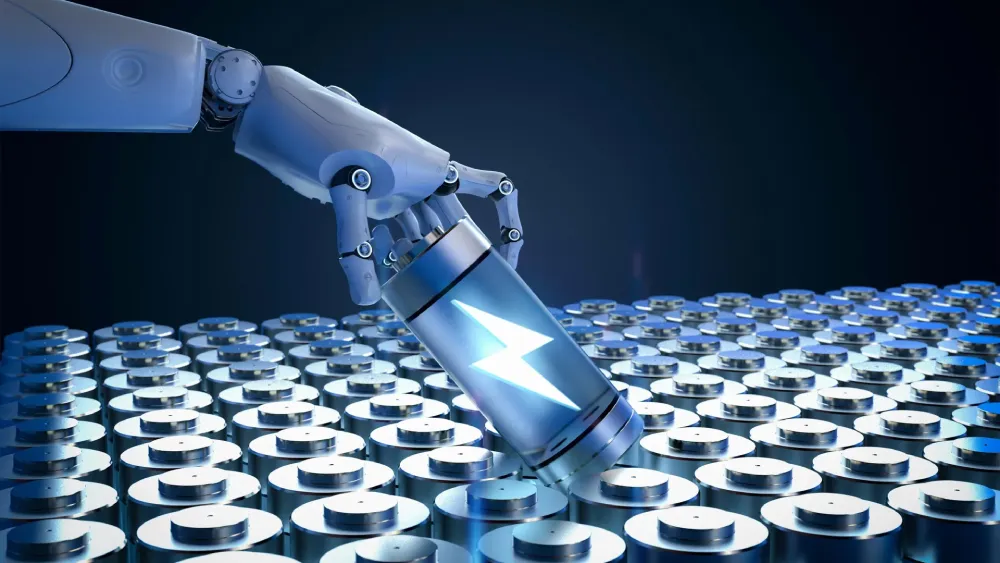AI-Powered Breakthrough: Five New Materials to Revolutionize Battery Technology
The world is rushing towards sustainable energy, but the lithium-ion batteries, which make electric cars and smartphones possible, are getting challenged: There are not enough lithium reserves, there are environmental concerns, and the price is growing. But there is hope, thanks to a pioneering study conducted by the New Jersey Institute of Technology (NJIT), and it was published in Cell Reports Physical Science on August 2, 2025. Based on the research of Professor Dibakar Datta and colleagues atNJIT, five new forms of porous transition metal oxides have been found, using sophisticated artificial intelligence, that have the potential to completely change multivalent-ion batteries, which may one day be more productive and sustainable than lithium-ion technology.
In contrast to the lithium ions, which have only a single positive charge, multivalent-ion batteries exploit common elements such as magnesium, calcium, aluminum, and zinc, whose ions have two or three charges. This enables them to hold much more energy and are therefore suitable in applications where the energy is required at a high level. But their heavier and larger ions cannot run much on anything but open sponge-like structures, so the traditional research method of testing was not able to get the job done. The team at NJIT approached this by training two AIs in parallel: a Crystal Diffusion Variational Autoencoder (CDVAE) to generate thousands of new crystal structures and a fine-tuned Large Language Model (LLM) to determine which have a good chance of being thermodynamically stable. Doing this cut discovery time by decades down to months and revealed a total of five new materials with large channels in which ions could travel fast and safely.

As confirmed by quantum mechanical calculations, these results result in cost-effective and environmentally calm batteries. Magnesium and zinc are abundant as opposed to lithium, which is both rare to continually find and also harmful to the environment when it comes to mining. New Jersey happens to be one of the industrial centers in the country, which places it in excellent standing to drive the evolution of the battery market. The fact that the state is blessed with proximity to research hubs and clean energy projects employs it even more, intensifying local influence, which likely leads to local job creation and low-carbon technology development. The professor, Datta, stressed the significance of the general meaning: This is beyond batteries: it is a scalable AI approach to finding new advanced materials (used in electronics and clean energy). It now partners with labs to produce these materials in a form that could be commercial.
This discovery marks the transforming role of AI in materials sciences to desire a greener and faster approach to reducing energy storage. With global demand for sustainable batteries skyrocketing, some estimates predicting an increase of tenfold by 2030, the discoveries may decrease the necessity of lithium, decrease the cost, and promote a cleaner future, all at the same time demonstrating the increasing importance of New Jersey in innovative discoveries.
Disclaimer
The information presented in this blog is derived from publicly available sources for general use, including any cited references. While we strive to mention credible sources whenever possible,Web Techneeq – Web Design Company in Mumbai does not guarantee the accuracy of the information provided in any way. This article is intended solely for general informational purposes. It should be understood that it does not constitute legal advice and does not aim to serve as such. If any individual(s) make decisions based on the information in this article without verifying the facts, we explicitly reject any liability that may arise as a result. We recommend that readers seek separate guidance regarding any specific information provided here.

